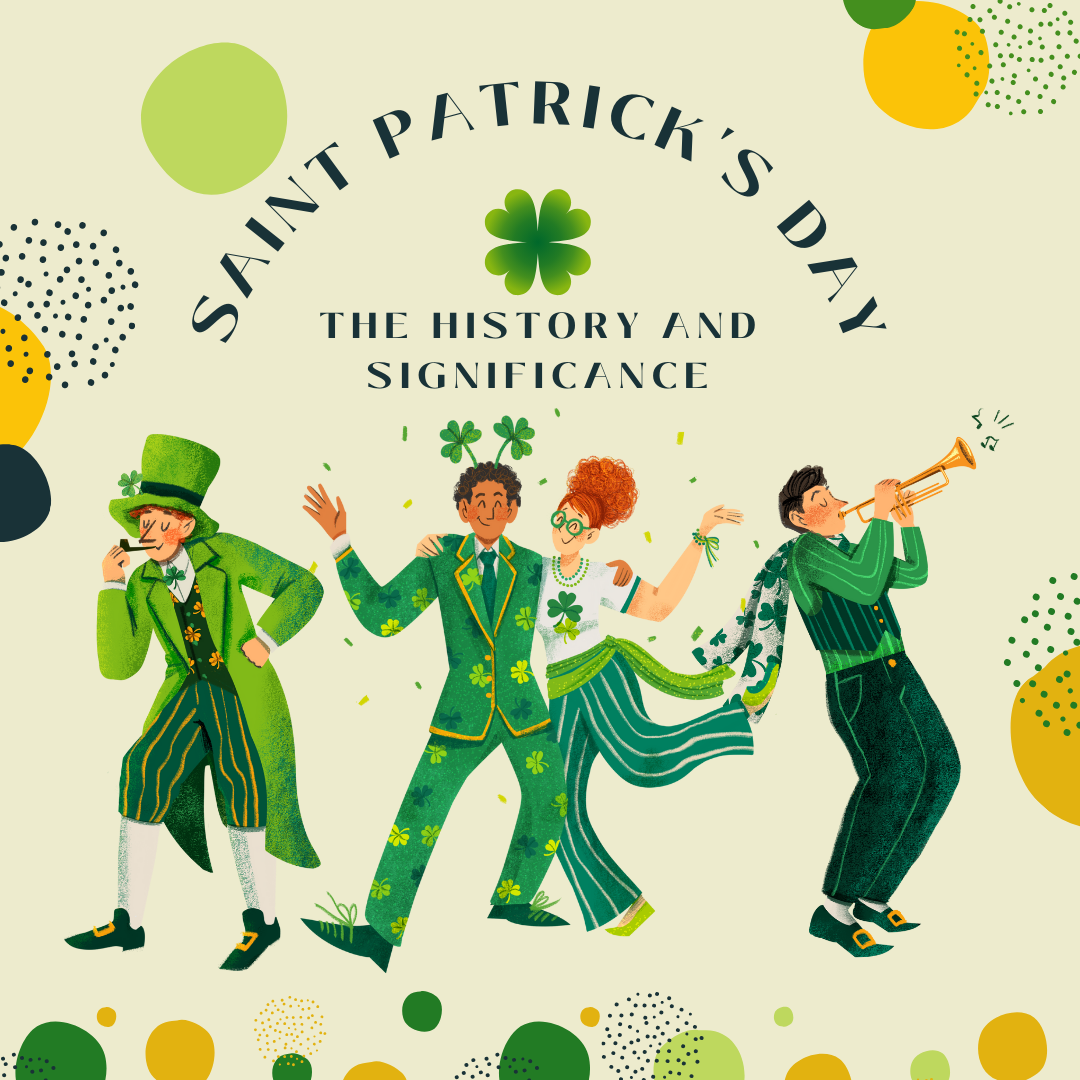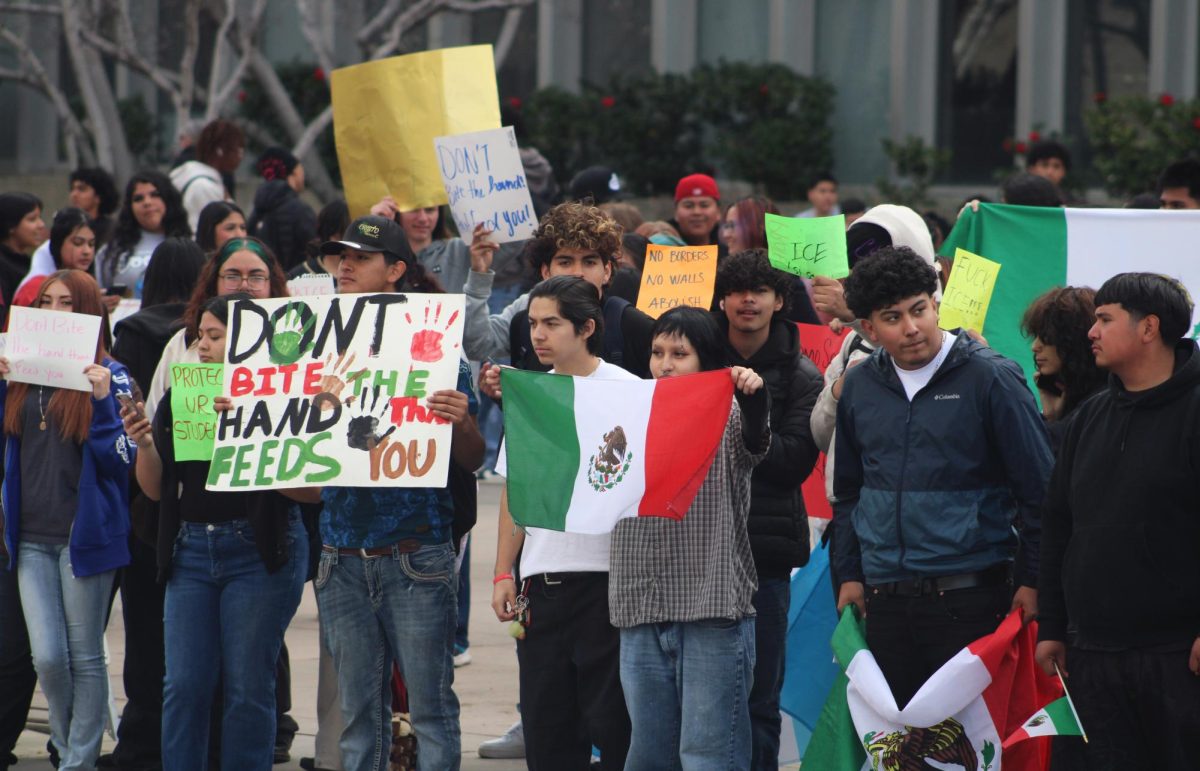St. Patrick’s Day is a beloved holiday celebrated annually on March 17, but do you know the history and significance behind this festive day?
Beyond the parades, green attire, and shamrocks, St. Patrick’s Day holds a rich cultural heritage that dates back centuries.
The legacy of St. Patrick
St. Patrick’s Day honors the patron saint of Ireland, St. Patrick himself.
Born in Britain in the late fourth century, St. Patrick was captured by Irish raiders at a young age and brought to Ireland as a slave. During his captivity, he deeply connected with the Irish people and their culture.
After escaping and returning to Britain, St. Patrick had a vision that called him back to Ireland. He studied Christianity and eventually returned to the land of his captors as a missionary. St. Patrick’s efforts to spread Christianity throughout Ireland became legendary, and he is credited with converting many Irish people to the faith.
The evolution of St. Patrick’s Day celebrations
Originally, St. Patrick’s Day was observed as a religious feast day in honor of St. Patrick’s death anniversary. It was when Irish immigrants settled in the United States that the holiday started to take on a more prominent role.
In the early 19th century, Irish immigrants faced discrimination and prejudice in America. To celebrate their Irish heritage and culture, they began organizing parades and public events on St. Patrick’s Day. These celebrations provided a sense of unity and pride within the Irish community, fostering a connection to their roots. While the number of native Irish speakers has declined over time, today there are still approximately 2 million people in Ireland who have some level of fluency in Irish Gaelic. It is still spoken in certain regions and is used in schools, universities, media, and official documents.
Over time, St. Patrick’s Day evolved into a celebration of Irish culture, not only in Ireland but also across the globe. The holiday became an opportunity for people of all backgrounds to participate in the festivities, showcasing their appreciation for Irish traditions.
Symbols and traditions
Several symbols and traditions are associated with St. Patrick’s Day, each holding its own significance.
- Shamrocks: The three-leafed clover, or shamrock, is closely associated with St. Patrick. Legend has it that he used the shamrock to explain the concept of the Holy Trinity during his teachings. Wearing or displaying a shamrock on St. Patrick’s Day is a way to honor St. Patrick and Irish culture.
- Wearing green: Wearing green on St. Patrick’s Day has become a widely recognized tradition. Green is not only the color of Ireland’s lush landscapes but also symbolizes luck and prosperity. Donning green attire, from clothing to accessories, is a way to show solidarity with the Irish community and celebrate the holiday spirit.
- Parades and festivities: St. Patrick’s Day parades have become synonymous with the holiday. In Ireland and many other countries, vibrant parades featuring marching bands, colorful floats, and traditional Irish music fill the streets. These parades exemplify the joy and camaraderie associated with St. Patrick’s Day.
- Food: During St. Patrick’s Day, traditional Irish foods like corned beef and cabbage, Irish soda bread, and Irish stew take the spotlight. Sweet treats like Bailey’s Irish Cream cheesecake and bread pudding are also enjoyed. And, of course, a pint of Guinness is a must-have for many to celebrate the occasion.
Celebrating St. Patrick’s Day today
In the present day, St. Patrick’s Day has grown into a global celebration of Irish culture and heritage. It is a time for people of all backgrounds to come together, appreciate Irish traditions, and enjoy the festivities. St. Patrick’s Day offers a chance to embrace the spirit of Ireland, from parades to music concerts, traditional dances, and mouthwatering Irish cuisine.
So, as St. Patrick’s Day approaches, take a moment to reflect on the history and significance of this cherished holiday. Whether you have Irish roots or simply appreciate the beauty of Irish culture, join in the celebrations, wear your green proudly, and let the spirit of St. Patrick’s Day unite us all in joy and appreciation of Irish heritage.







